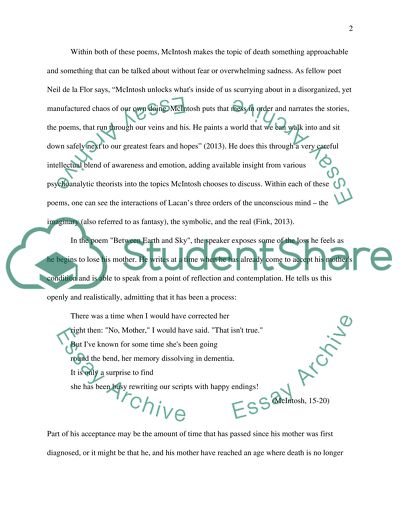Cite this document
(“Analyze the treatment of the theme of death and its aesthetic Essay”, n.d.)
Retrieved from https://studentshare.org/english/1496373-analyze-the-treatment-of-the-theme-of-death-and
Retrieved from https://studentshare.org/english/1496373-analyze-the-treatment-of-the-theme-of-death-and
(Analyze the Treatment of the Theme of Death and Its Aesthetic Essay)
https://studentshare.org/english/1496373-analyze-the-treatment-of-the-theme-of-death-and.
https://studentshare.org/english/1496373-analyze-the-treatment-of-the-theme-of-death-and.
“Analyze the Treatment of the Theme of Death and Its Aesthetic Essay”, n.d. https://studentshare.org/english/1496373-analyze-the-treatment-of-the-theme-of-death-and.


